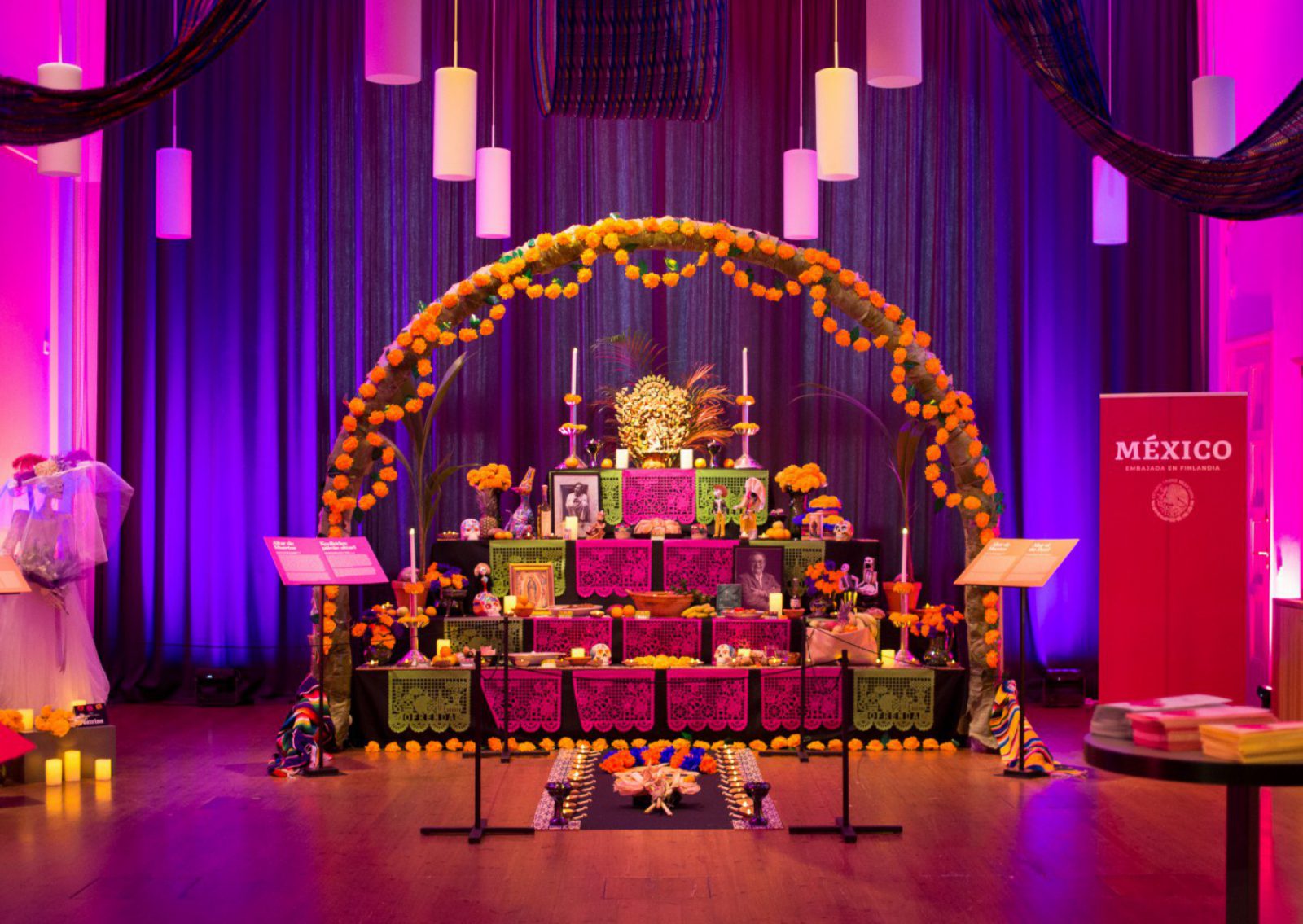
Cultural heritage in Finland is also Iranian music and challah bread – Ambassadors of Living Heritage brings more diverse perspectives to traditions
During this autumn and winter, a project coordinated by the Finnish Heritage Agency has trained Ambassadors of Living Heritage, held workshops and brought more diverse perspectives to the work on intangible cultural heritage. The project is linked to the UNESCO the Convention for the Safeguarding of the Intangible Cultural Heritage and is coordinated in cooperation with the Arts Promotion Centre Finland Taike, the Culture for All Service and Globe Art Point.
The project launched in autumn 2022 selected six ambassadors from different cultural backgrounds through an open call. Ambassadors organized workshops on living heritage in their respective communities. Based on the workshops, five new articles were created on the Wiki-Inventory for Living Heritage in four different languages from Iran, Mexico, Chile, Latvia and Jewish culture in Finland.
The articles tell of traditions such as Mexican Day of the Dead and the celebration of Chile's Independence Day in Finland. There is also an article on Iranian classical music, Latvian tradition of dyeing Easter eggs and the importance of challah bread in Jewish culture.
“Finland has always been very diverse in cultural, linguistic and ethnic terms for a rather small area. Various cultural traditions and perceptions of art and beauty have always been present to us. Sometimes it seems kind of funny what kind of solitary story they want to tell about Finland, because that story doesn't match with the reality. I think that this joint project will contribute to a more honest and inclusive story of Finnishness,” says Koko Hubara, Arts advisor on cultural diversity at the Arts Promotion Centre Finland Taike.
The aim of the project is to increase the visibility of culturally diverse living heritage in Finland and to stimulate discussion on how different groups participate and can contribute to the safeguarding of living heritage in Finland. As a result of the workshops, ideas have also been raised in various communities as to what concrete actions the vitality and transmission of these heritages would need.
“The Day of the Dead is an important tradition in the Mexican community. Then we will remember, and honour deceased loved ones on altars based on food and personal goods that serve as a bridge between worlds of the living and the dead. These traditional altars are found in public and private facilities in Finland every year. It is a vividly transmitted tradition that gives us a more emotional meaning here, far from Mexico, because it allows us to weave multicultural ties between the Finnish community and the Mexican-Latin American community. Being an ambassador to living traditions and, in particular, promoting the beautiful tradition of loved ones who are no longer here, has been a very emotional experience. This project has led us to consider how it is important to continue maintaining this tradition and to strengthen the footsteps left in Finland by the Mexican community,” Rosamaría Bolom says.
Since 2016, examples of intangible cultural heritage in Finland have been collected to the Wiki-Inventory for Living Heritage, and now there are more than 200 articles from 250 communities across Finland. In 2022, more than 100 000 people from 150 countries visited the Wikisite.
Living heritage or intangible cultural heritage, means practices, expressions, knowledge and skills recognised by communities as part of their cultural heritage. It can be, for example, performing art, craftsmanship, oral tradition, festive traditions or knowledge, skills and practices about nature and the universe. The Wiki-Inventory for Living Heritage is compiled as part of the UNESCO Convention for the Safeguarding of the Intangible Cultural Heritage. It is possible to apply from the Wiki-Inventory periodically to the National Inventory of Living Heritage.
Articles
Celebrating “el Dieciocho” the Independence Day of Chile in Finland
Challah bread in the Jewish culture
Día de Muertos mexicano en Finlandia
Iranian Classical Music in Finland
The Latvian tradition of colouring Easter eggs